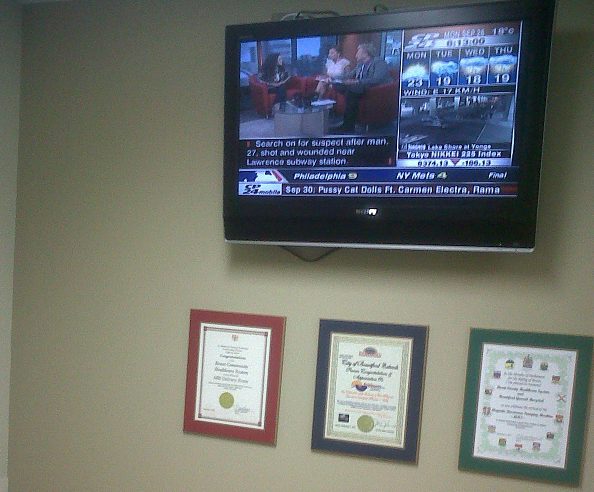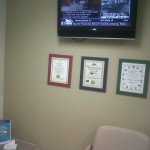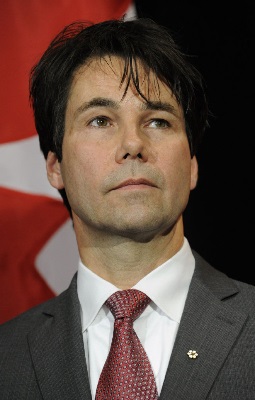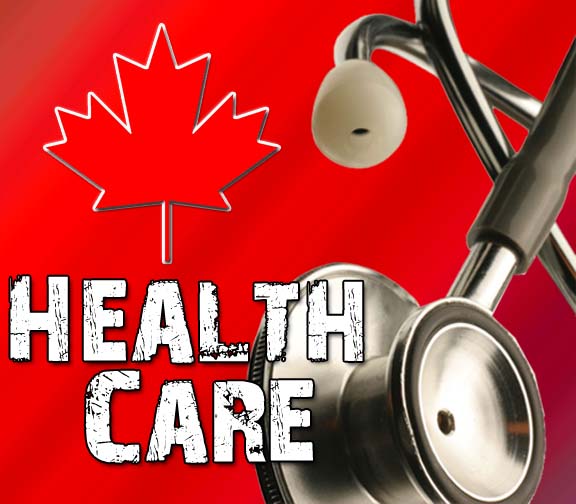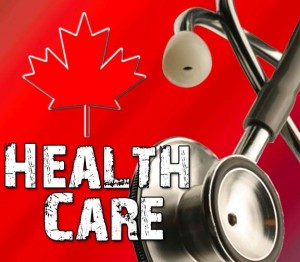From a technological point of view there is nothing wrong with the way our hospitals have changed over the past thirty years but what about from the viewpoint of a person? A real, honest to gosh person. The hospital calls these folks patients or family members/visitors, but I think they must have a secret name for them too: consumers.
Let’s be honest- There is little in the way of real consumer value in our hospitals. Even before you set foot, cane or wheelchair through the front door you have to find somewhere to leave your vehicle. And just like an airport- parking costs are typically fifteen dollars a day. And what about that once staple of stand-up comedy topics- crappy hospital food? If it isn’t anymore, there certainly was a time when hospital cafeteria meals- just like airline meals- were cultural icons. In the hospitals I have visited recently, the cafeteria is slowly but surely being turned into something else…..monitors ready to dull your brain and feed you big corp.
On Monday I spent several hours at Brantford General Hospital’s C Wing. For most of that time, I’d only been on two floors and I’d already found two Tim Horton’s counters- complete counters mind you, not just a kiosk window offering a paper cup of coffee but something offering full breakfast sandwiches and lunch menu items. So why would anyone want to visit the hospital cafeteria? And if they did would they even be successful in finding the cafeteria? I could not find a sign pointing the way but Tim Horton’s were instantly visible and both perched in prime retail positions directly at or near an outside entrance. Starbucks take note.
While I was enjoying my double – double I discovered that my wifi usb stick did not work in the MRI waiting area. I moved around to no avail. I decided to let my laptop search for a public access node and I was successful in discovering that the hospital offers public internet access. With a credit card, a patient or a family member can spend upwards of $22.54 for one week of internet access or $11.24 for one day or part of a day. I was beginning to feel like a consumer. (note: these costs from September 2011)
Visiting is getting expensive.
If I need to complete work duties while I’m waiting for a hospital appointment or waiting to visit a patient, I’ve already spent 15$ on parking, $1.60 on a coffee and $11.24 for internet access. That’s $27.84 and there’s still lunch to consider if things are delayed. I decide to give up on the world wide web and look instead for something to read. Then I realize that there isn’t any reading material. Not a Maclean’s, National Geographic or even a Reader’s Digest. Instead there are two screen monitors broadcasting CP24 news , ticker tapes and car commercials into each waiting area. Not exactly the most calming environment. I stand up and walk twenty feet towards x-ray waiting area 1. There is a small mass of people sitting and staring at the side-by-side flat screen monitors. From my perspective it is terrifyingly cold and stark. It is a scene from Orwell’s 1984 and I want to shake each one of them and tell them to stop. I want to tell them to pull out their corporate i.v. but I come to my senses. (this is only television after all right?) These people love t.v. The patient beside me whisper’s “t.v. keeps everyone’s mind off of their hospital stay”. For the Silo, Jarrod Barker.
